I had intended to spend most of the day in southwestern Friesland Province but ended up getting there mid-afternoon because I spent so much time in the tulip fields on the Noordost Polder in Flevoland. Friesland Province is the home of the Frisian ethnic group, who have a language different enough from Dutch to be considered a separate language rather than just a dialect. Supposedly it's the closest language to English, but I don’t see any similarities; to me it just sounds like an incomprehensible version of Nederlands. Nowadays the Dutch are considered the tallest nationality in Europe, but the Frisians are the tallest people in the country and considered the tallest on average in Europe. They also have particularly Scandinavian features and often surnames that end in –stra, -ma, and –ga that are quite different from other people in the country.
Friesland is quite large to cover in one day, let alone part of a day and my intent was only to visit some of the small towns in the southwestern part of the province, many part of "The Eleven Towns", the towns visited by the long-distance ice speed skating race held only in winters when it’s cold enough for the canals to freeze
. Nowadays that doesn’t happen very often, unlike in the past when the tradition started. If you look at Dutch paintings of the Golden Age of the 1600s, skating on frozen canals in winter is a common theme. But that was a chillier era. Even in modern times, though, most top Dutch speed skaters come from Friesland.
And wet and waterlogged Friesland is – much of the province is below mean sea level so there’s an extensive system of lakes and canals used for drainage. Of course, when you’re below sea level, it’s not just a matter of draining it out but pumping it up and out. Water levels are closely monitored and several major seaside pumping stations pump the excess that accumulates in stormy weather into the North Sea and Ijsselmeer. One of those is the Ir. D.F. Woudagemaal Pumping Station near Lemmer, the world’s largest steam-operated pumping station still in use. Built in the 1920s, it now only supplements other more modern electric pumping stations with lower operating costs at times of highest need, but is considered unique enough and significant enough in engineering terms to have been granted UNESCO World Heritage site status
. I make it a point to try to visit such sites when I can if they seem interesting, and I personally find such industrial heritage to be. Apparently it’s not something of interest for the masses, though. There were only four other people on my English language tour, and the last tour in Dutch was half an hour earlier. It is a quite interesting site.
By the time I got to the small towns of Friesland the sky was gray and light getting low, so I limited myself to only two of the towns that are considered especially quaint and attractive – Sloten and Hindeloopen, the latter one being highly recommended by my roommate two nights earlier in Apeldoorn. Compared to densely populated Holland and Utrecht provinces, Friesland looks positively Ruritanian with braod expanses of completely flat fields filled with grazing cows and sheep, much smaller towns and villages, and less of the modern buildings so prevalent elsewhere in the Netherlands. Sloten is positively medieval, a village that mostly dates from the era before the so-called Golden Age. Seaside Hindeloopen beside the Ijsselmeer is equally quaint but more similar architecturally to Dutch towns on the other side of the old Zuider Zee.
Friesland province is a place that definitely warrants a further visit sometime in the future, a place of unique local culture and historical appeal. I plan to put it on my list of future destinations, perhaps for summer when the weather is warmer and the islands in the North Sea would be appealing.
Friesland - Province apart from rest o Netherlands
Thursday, April 20, 2017
![]() Hindeloopen, Friesland
Hindeloopen, Friesland
Other Entries
-
1Delft - Classic Dutch Town of Vermeer and Porcelai
Apr 128 days prior Delft, Netherlandsphoto_camera157videocam 0comment 0
Delft, Netherlandsphoto_camera157videocam 0comment 0 -
2The Hague - Seat of Government but not the Capital
Apr 137 days prior The Hague, Netherlandsphoto_camera76videocam 0comment 0
The Hague, Netherlandsphoto_camera76videocam 0comment 0 -
3Mauritshuis - Art of the Dutch Golden Age
Apr 137 days prior The Hague, Netherlandsphoto_camera59videocam 0comment 0
The Hague, Netherlandsphoto_camera59videocam 0comment 0 -
4Rotterdam - Cutting Edge Modern Architecture
Apr 146 days prior Rotterdam, Netherlandsphoto_camera105videocam 0comment 0
Rotterdam, Netherlandsphoto_camera105videocam 0comment 0 -
5Rotterdam - Boijmans Van Beuningen Museum
Apr 146 days prior Rotterdam, Netherlandsphoto_camera43videocam 0comment 0
Rotterdam, Netherlandsphoto_camera43videocam 0comment 0 -
6Rotterdam Port - Largest in Europe, 3rd Worldwide
Apr 146 days prior Rotterdam, Netherlandsphoto_camera72videocam 0comment 0
Rotterdam, Netherlandsphoto_camera72videocam 0comment 0 -
7Dordrecht - Oldest City in the Holland
Apr 155 days prior Dordrecht, Netherlandsphoto_camera97videocam 0comment 0
Dordrecht, Netherlandsphoto_camera97videocam 0comment 0 -
8Kinderdijk - The Story of Dutch Windmills
Apr 155 days prior Kinderdijk, Netherlandsphoto_camera41videocam 0comment 0
Kinderdijk, Netherlandsphoto_camera41videocam 0comment 0 -
9The Hague -Peace and Art in International District
Apr 164 days prior The Hague, Netherlandsphoto_camera64videocam 0comment 0
The Hague, Netherlandsphoto_camera64videocam 0comment 0 -
10Gemeente Museum - 19th & 20th Century Dutch Ar
Apr 164 days prior The Hague, Netherlandsphoto_camera65videocam 0comment 0
The Hague, Netherlandsphoto_camera65videocam 0comment 0 -
11Scheveningen - Where Holland Goes to the Beach
Apr 164 days prior Scheveningen, Netherlandsphoto_camera40videocam 0comment 0
Scheveningen, Netherlandsphoto_camera40videocam 0comment 0 -
12Utrecht - Ancient University City in Central Nethe
Apr 173 days prior Utrecht, Netherlandsphoto_camera127videocam 0comment 0
Utrecht, Netherlandsphoto_camera127videocam 0comment 0 -
13Kroller-Muller Museum - Van Goghs Galore
Apr 182 days prior Otterlo, Netherlandsphoto_camera79videocam 0comment 0
Otterlo, Netherlandsphoto_camera79videocam 0comment 0 -
14Apeldoorn - The Het Loo Royal Palace
Apr 182 days prior Apeldoorn, Netherlandsphoto_camera82videocam 0comment 0
Apeldoorn, Netherlandsphoto_camera82videocam 0comment 0 -
15Eastern Gelderland - Zutphen & Hoge Veluwe
Apr 191 day priorZutphenphoto_camera56videocam 0comment 0 -
16Overijsel Province - Hanseatic Zwolle & Kampen
Apr 20earlier that day Kampen, Netherlandsphoto_camera75videocam 0comment 0
Kampen, Netherlandsphoto_camera75videocam 0comment 0 -
17Northeast Polder - Life Below Sea Level
Apr 20earlier that dayUrkphoto_camera95videocam 0comment 0 -
18Friesland - Province apart from rest o Netherlands
Apr 20Hindeloopenphoto_camera36videocam 0comment 0 -
19Alkmaar - 600 Year Old Friday Cheese Market
Apr 211 day later Alkmaar, Netherlandsphoto_camera67videocam 0comment 0
Alkmaar, Netherlandsphoto_camera67videocam 0comment 0 -
20Alkmaar - Noord Holland's Medieval Heart
Apr 211 day later Alkmaar, Netherlandsphoto_camera56videocam 0comment 0
Alkmaar, Netherlandsphoto_camera56videocam 0comment 0 -
21Keukenhof Gardens -Like Disney World for Gardeners
Apr 222 days later Lisse, Netherlandsphoto_camera134videocam 0comment 0
Lisse, Netherlandsphoto_camera134videocam 0comment 0 -
22Bloemencorso Bollenstreek -Holland's Flower Parade
Apr 222 days later Lisse, Netherlandsphoto_camera119videocam 0comment 0
Lisse, Netherlandsphoto_camera119videocam 0comment 0 -
23Leiden - The Oxford of The Netherlands
Apr 233 days later Leiden, Netherlandsphoto_camera83videocam 0comment 0
Leiden, Netherlandsphoto_camera83videocam 0comment 0 -
24Haarlem - Frans Hals & Epitome of Dutch Golden
Apr 233 days later Haarlem, Netherlandsphoto_camera87videocam 0comment 0
Haarlem, Netherlandsphoto_camera87videocam 0comment 0 -
25Rijkmuseum - The Art of a Great Nation
Apr 244 days later Amsterdam, Netherlandsphoto_camera117videocam 0comment 0
Amsterdam, Netherlandsphoto_camera117videocam 0comment 0 -
26The Museum Quarter - Stedelijk & Van Gogh
Apr 255 days later Amsterdam, Netherlandsphoto_camera58videocam 0comment 0
Amsterdam, Netherlandsphoto_camera58videocam 0comment 0 -
27Central Amsterdam - From Dam to Red Light District
Apr 255 days later Amsterdam, Netherlandsphoto_camera82videocam 0comment 0
Amsterdam, Netherlandsphoto_camera82videocam 0comment 0 -
28Amsterdam - The Grachtengordel (Canal Ring)
Apr 266 days later Amsterdam, Netherlandsphoto_camera93videocam 0comment 0
Amsterdam, Netherlandsphoto_camera93videocam 0comment 0 -
29Amsterdam East - Hermitage & Old Jewish Quarte
Apr 266 days later Amsterdam, Netherlandsphoto_camera39videocam 0comment 0
Amsterdam, Netherlandsphoto_camera39videocam 0comment 0 -
30King's Day - Netherlands' Annual National Party
Apr 277 days later Amsterdam, Netherlandsphoto_camera105videocam 0comment 0
Amsterdam, Netherlandsphoto_camera105videocam 0comment 0 -
31All That Goodness - Dutch Beers & Treats
Apr 288 days later Amsterdam, Netherlandsphoto_camera60videocam 0comment 0
Amsterdam, Netherlandsphoto_camera60videocam 0comment 0

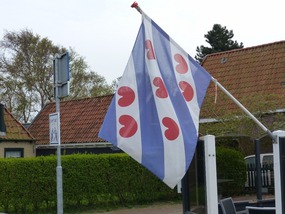
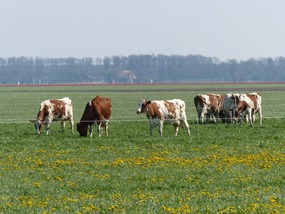

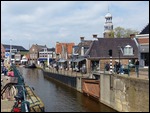
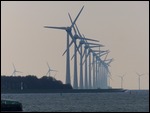
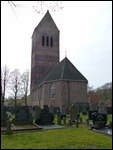
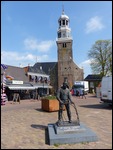
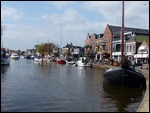

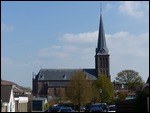
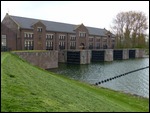
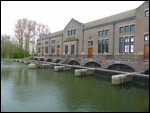
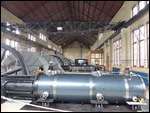
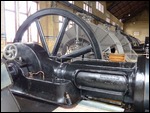
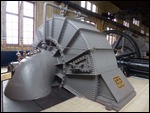
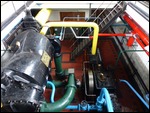
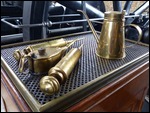

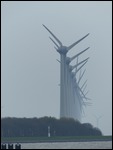
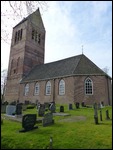
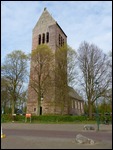
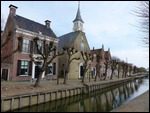
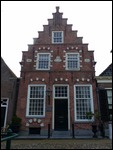
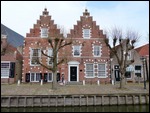
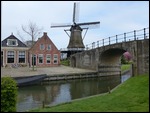
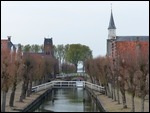
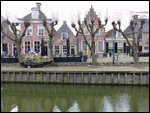
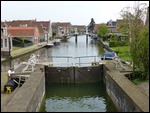
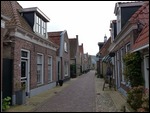
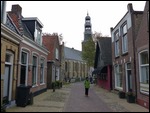

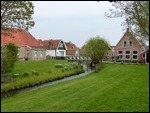
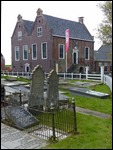
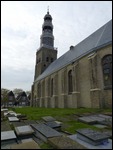
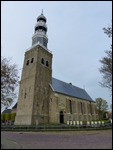
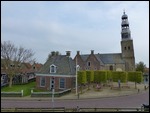
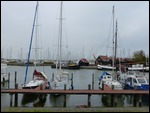
2025-05-22